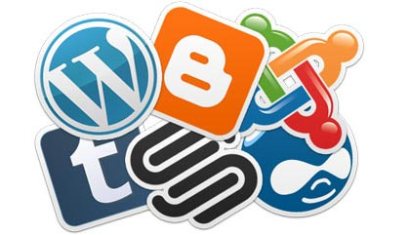
www.aweber.com
For this blog post assignment, I found two articles that discuss blogging: Stephanie Trigg’s “Blogging, Time, and Displacement”, and Nancy Groves’ “Academic blogging: the power and the pitfalls – live chat”. I will also refer to Dan Cohen’s “Professors, Start your Blogs” in the post below. Links to these articles can be found at the bottom of this blog post.
I am a great supporter of blogs, bloggers and the blogosphere. I enjoy reading random blogs rather than following one particular person unless their topic is so interesting I can’t turn away. The blogger is free to write about whatever they want, whenever they want and unless what they say is truly provocative and tagged with the right hashtags, someone may never attack you for your personal viewpoints. The ability to be protected by a computer screen, even if your name is attached to the blog, provides a sense of fearlessness. This lack of fear can allow the blogger to produce a piece that is astonishingly brilliant because they are not under the confines of what society is expecting them to do, say, and write. Blogs in the academic sphere provide a space for academic pieces that wouldn’t normally fit into the social fabric of a conference room or a peer-reviewed journal. They are snippets of the wide world of history that not everyone can always gain access to.
I also think that blogs provide a space that allows for the blogger to use up all the extra research they compiled for a topic that did not turn out to be enough for a paper. Blog entries can allow the blogger to take a chance on a topic that they may not be experts in yet, but hope to eventually research enough to become proficient in the subject. Blogs are micro-essays much like twitter is a microblog. Even though for the most part blogs are not organized into a recognizable essay format, blogs can serve the purpose of getting out your ideas to readers that may be able to offer suggestions and research materials. These blog posts are not normally scrutinized to the same standards as journals or papers are that are typically presented at conferences. The internet can be a very dark and scary place where anonymous people can rip you to shreds, but blogging communities can form that are very supportive, and can allow you to explore your chosen topic further.
Trigg demonstrates that blogging, for her, is a displacement activity which allows her to move away from the task at hand for a brief time to collect herself and later move back to the task with a clearer mind. Trigg provides a description: “the phrase ‘‘displacement activity’’ can describe an animal’s response to conflict, or indecision” (Trigg, 934) She is basically conveying that humans, like animals, sometimes need a break from the heat of the moment in order to return full force and deal with the situation. Trigg’s ideas ring true in my own experience because I tend to write poetry or blog posts when I am supposed to be focused and finishing up a final draft of an essay. My brain simply is sick of what I have been doing and wants to go in a different direction. Blogging seems to be a space for clarifying your thoughts, and allowing your mind to take a break from the under pressure discussions you may be having in a class or the 5000 word essay you may be writing. Blogs can allow you to provide a coherent understanding even if you were making little sense in a classroom discussion.
But does this mean since our brains need a break from what we have been focusing on that what we write during our displacement time cannot be incredibly profound or intellectual?
In Nancy Groves’ article, she quotes Denise Horn (well-known blogger) as saying: “Minority academics who blog must, now more than ever, be aware of how important it is to articulate their ideas and their knowledge outside of our departments, our journals, and our conferences. Blogging is a space in which we can do that.” This quotations demonstrates what I believe academic blogging can really achieve. Sharing ideas isn’t just in the classroom during a lecture anymore, the discussion needs to continue with people that do not hold the same degrees and credentials as we do. Blogs can begin the conversations and give those that don’t normally have a voice in an exclusive historical society a chance to speak up and have their ideas taken seriously. This is important especially when we are in a field that we cannot concretely define and explain. Being able to converse and present ideas with likeminded people from across the world that we normally would not have access to is an incredibly exciting and valuable practice.
Cohen disagrees with the idea of blogging frequently in order to be successful. He mentions the use of RSS feeds which allow for new content to be pushed along to the reader whenever it is posted. I was unaware of this type of system until today, and am now incredibly intrigued by the possibilities. The precise reason I dislike using technology is because it is incredibly time consuming, and this type of development will certainly speed up my internet perusals.
For a blog to be effective does a blogger need to post weekly? Or at least have some sort of schedule so that the follower can expect to have a new post awaiting in their RSS feed? Can random bloggers be just as effective and captivating?
Sources/Readings:
http://resolver.scholarsportal.info.proxy1.lib.uwo.ca/resolve/17414113/v09i0012/933_btad
http://www.theguardian.com/higher-education-network/2012/oct/19/academic-blogging-power-pitfalls-livechat
http://www.dancohen.org/blog/posts/professors_start_your_blogs
Sidenote:
In relation to my title, I kept saying “Oh the humanity” all day writing this post and couldn’t remember what t.v. show I remembered it from… I finally looked it up: http://www.youtube.com/watch?v=kEpLncBG_Nw

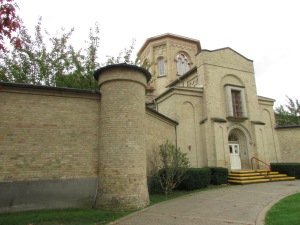
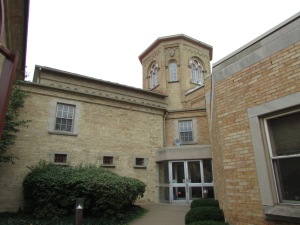
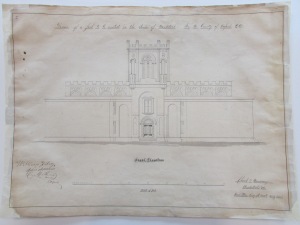
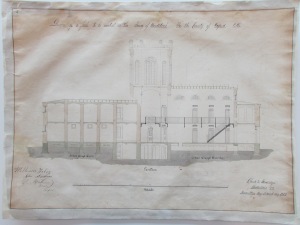
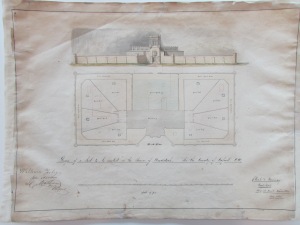
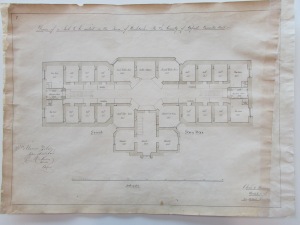
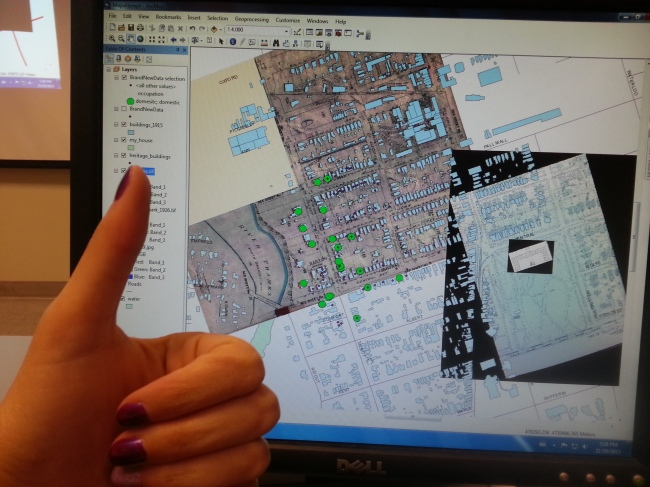
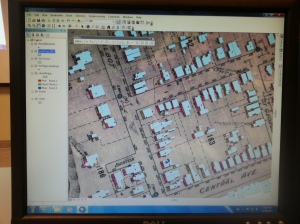

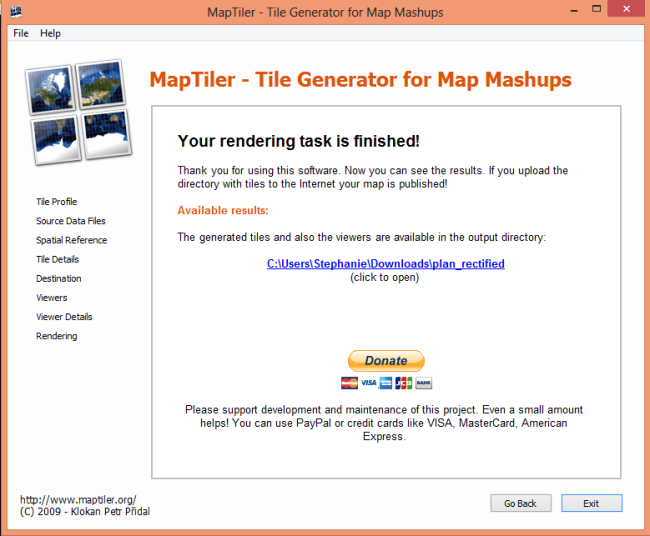


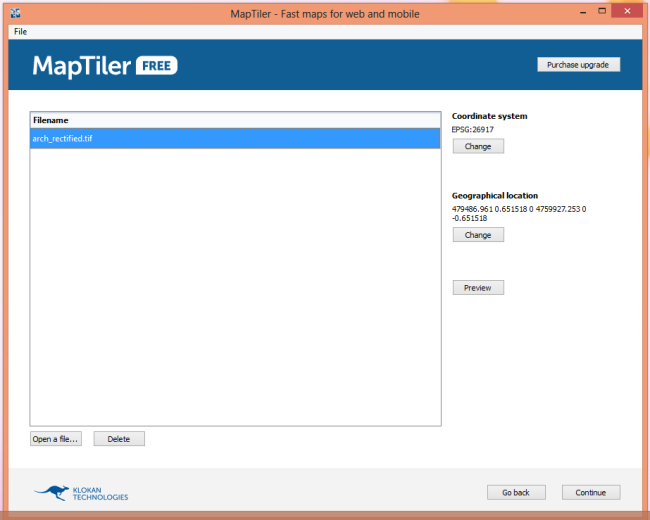
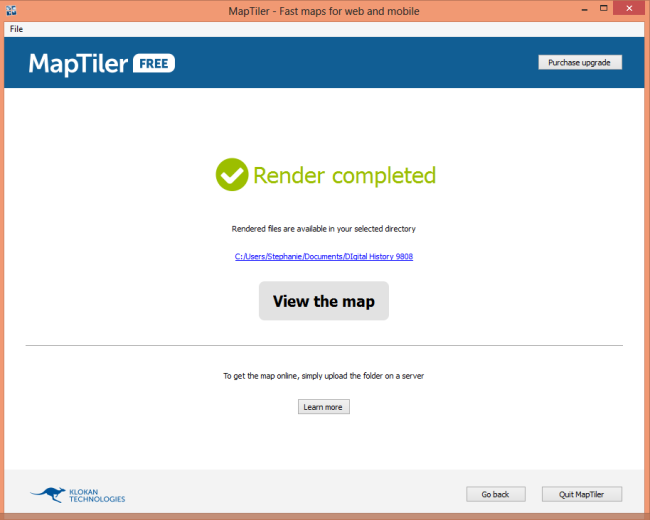
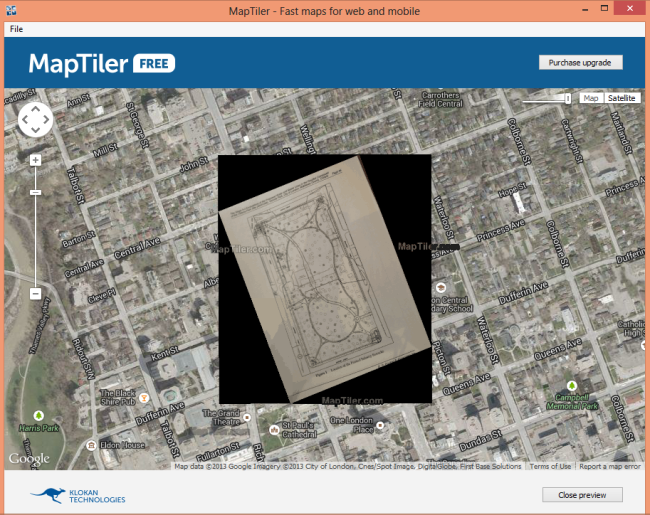
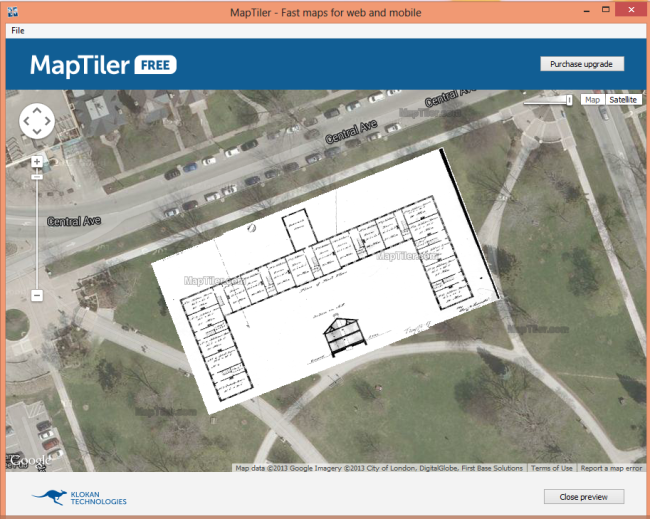
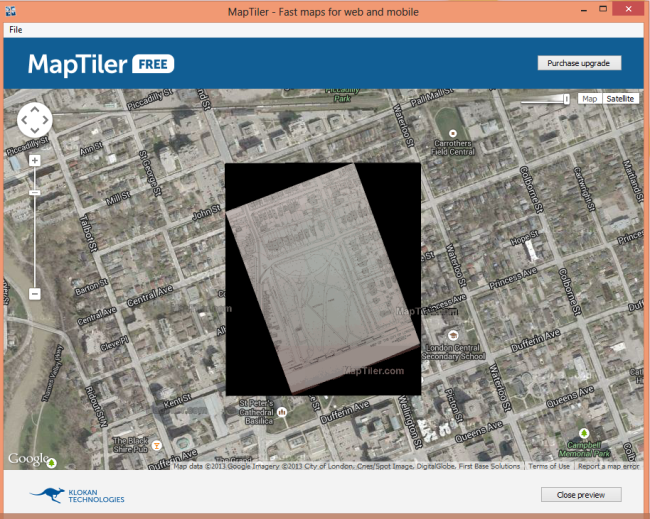

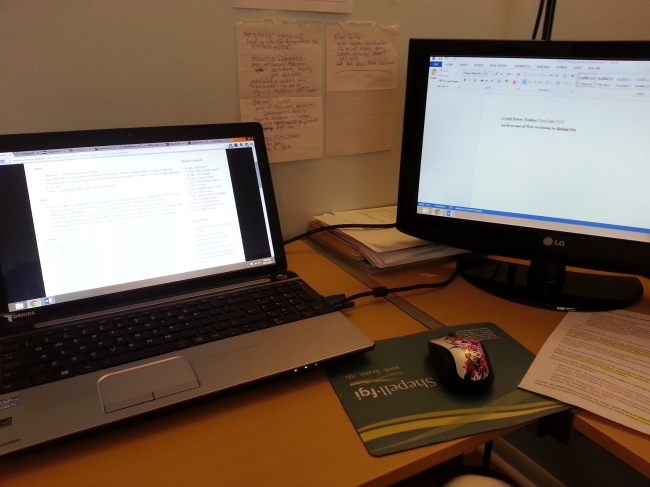
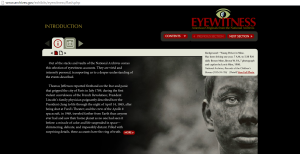
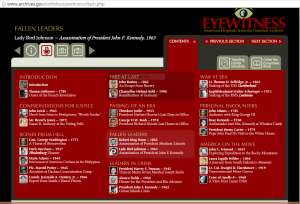
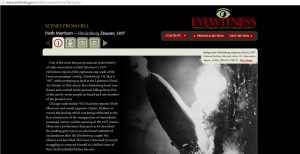
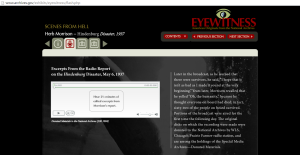

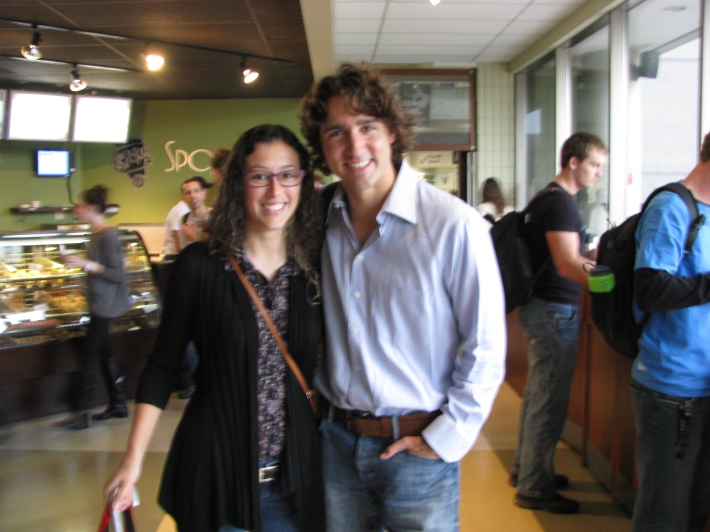
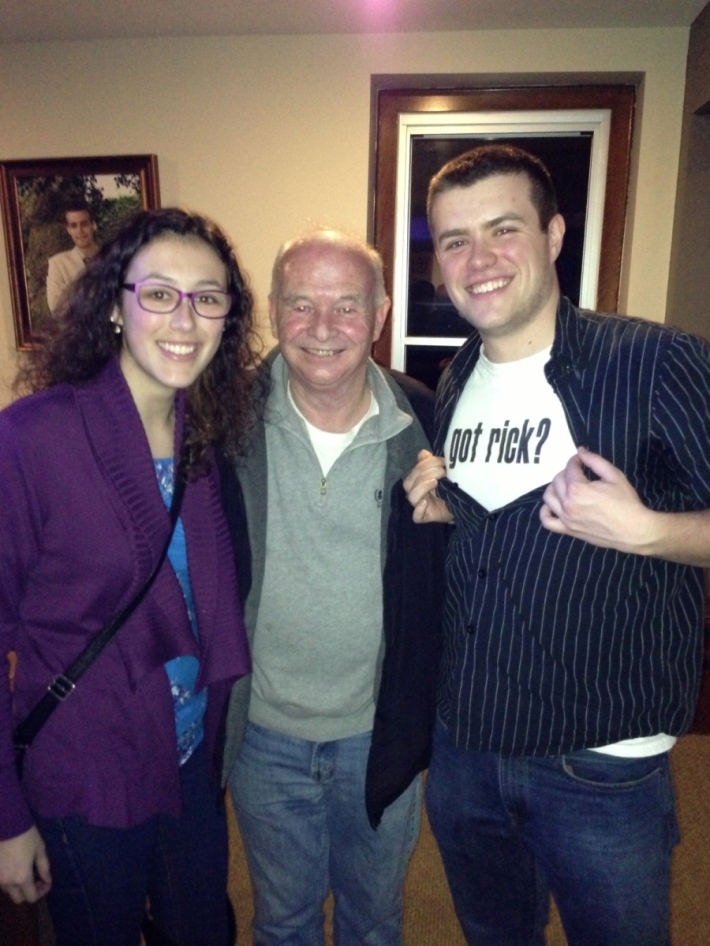
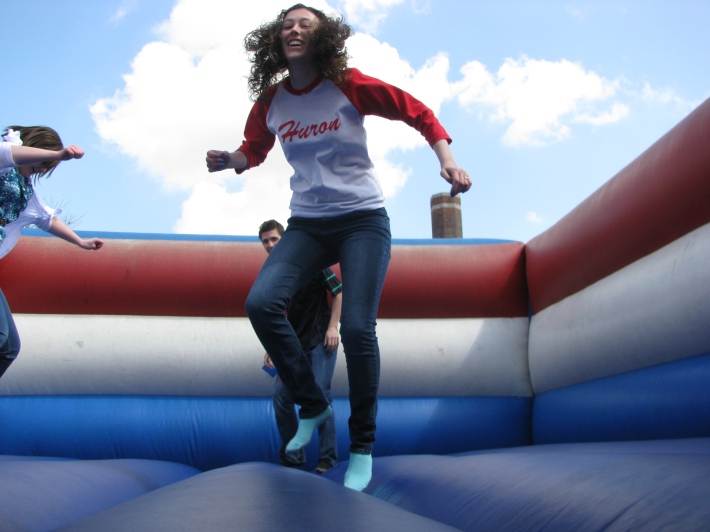
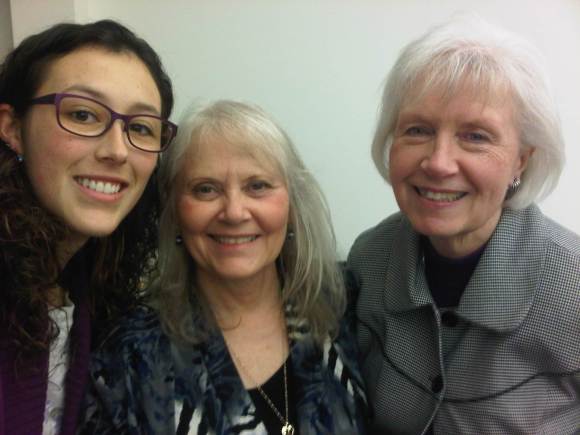
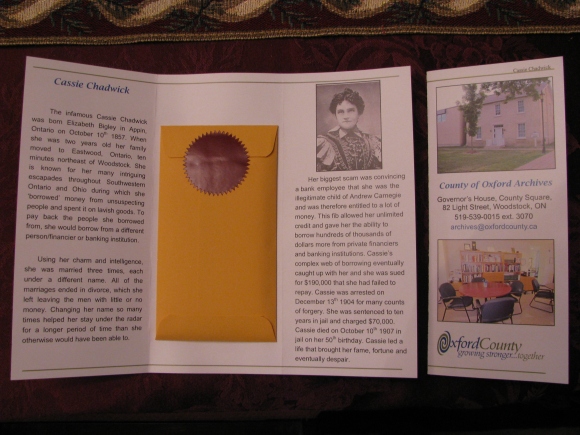
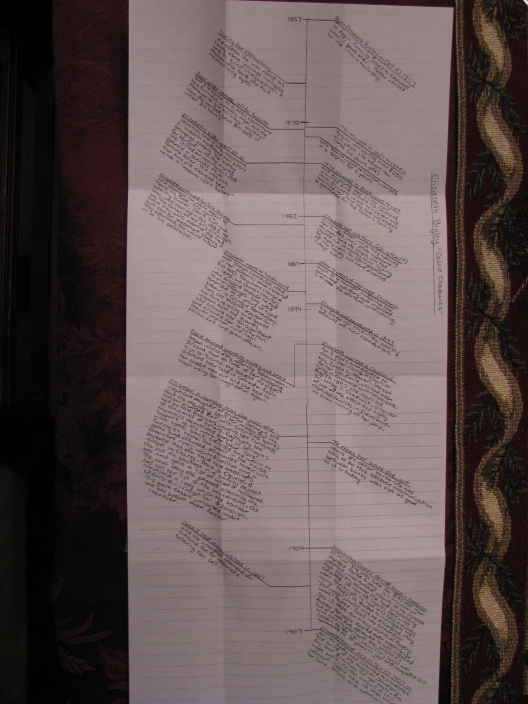
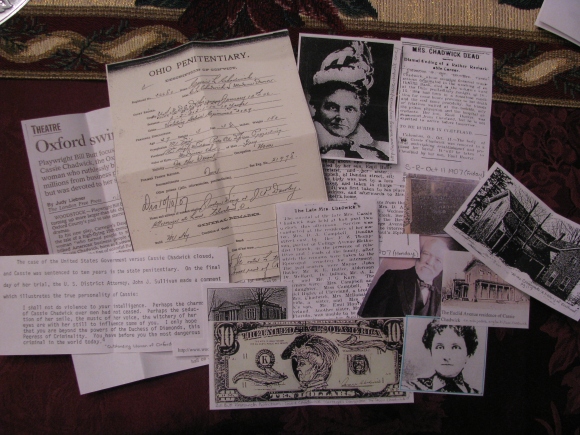
You must be logged in to post a comment.